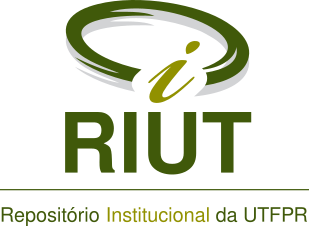Silvopastoral systems as a support for sustainable development in the southwestern region of the state of Rio Grande do Sul, Brazil
Resumo
An economic viability analysis was performed for different eucalypt wood production systems (Eucalyptus grandis Hill ex. Maiden) in two rural properties located in Alegrete municipality, RS. The traditional pasture system was compared with two other alternative systems, one of them represented by a pasture land converted to homogeneous eucalypt plantation by using two plant densities (2,222 and 1,111 trees.ha-1) and the other represented by a silvopastoral system with 1000 and 500 trees.ha-1. The results were analyzed by determining the Internal Return Rate (IRR) and comparing to the Minimum Attractive Rate (MAR). The alternatives with and without land value were evaluated taking into account the wood price variation (increase and reduction of 5%) and the wood volume (increase and reduction of 10%). Considering land value, all the alternatives showed IRR lower than MAR (3.72%). The sensibility analysis showed that when price and volume yield of wood increased, most of the alternatives which use thinning presented IRR higher than MAR, except the silvopastoral system at plantation density of 500 trees.ha-1. In conclusion, the implementation of the forest component is economically viable when land value is not considered.
Palavras-chave
Texto completo:
PDF (English)DOI: 10.3895/rbpd.v7n4.8635
Apontamentos
- Não há apontamentos.

Esta obra está licenciada sob uma licença Creative Commons Atribuição 4.0 Internacional.





